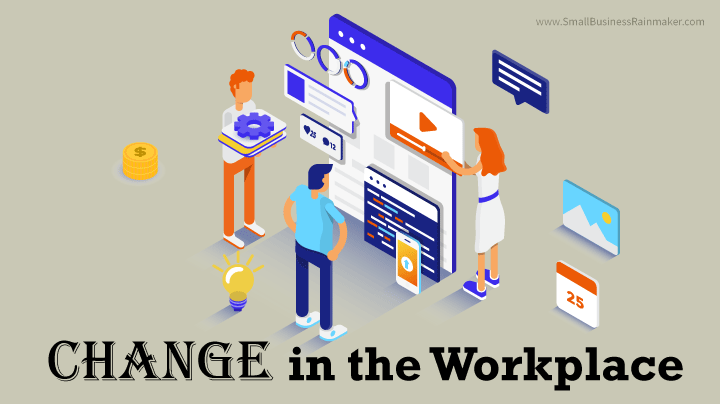
by admin | Apr 19, 2024 | Skills Gap Analysis
Adapting to Technological Changes in the Workplace
In an era where technology evolves at lightning speed, adapting to these changes is not just beneficial but essential for career sustainability and growth. From artificial intelligence and automation to cloud computing and virtual collaboration tools, technological advancements are reshaping the way we work. Here’s a look at why it’s important to keep pace with these changes and how you can effectively adapt to them in your workplace.
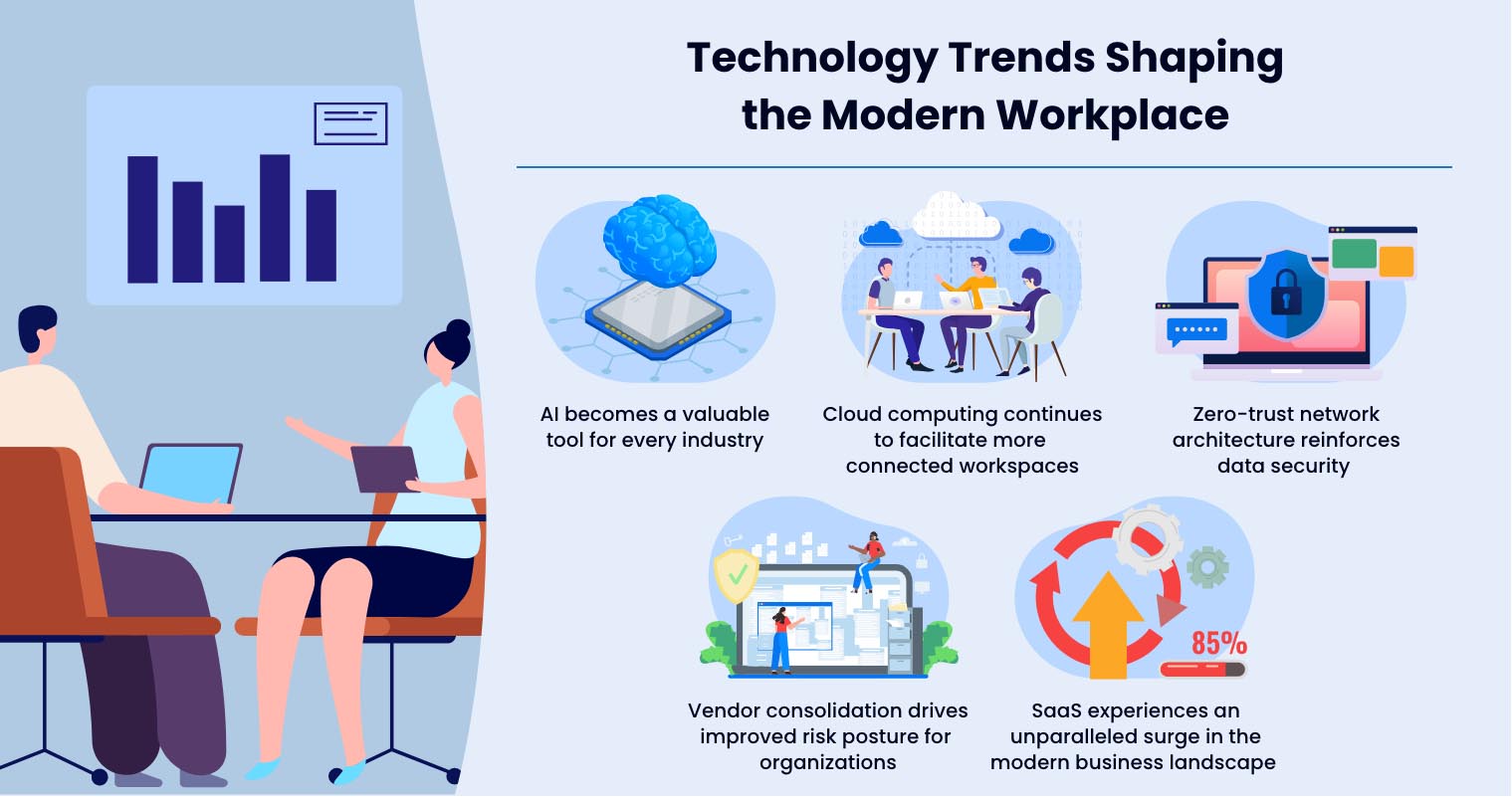
Embracing Continuous Learning
- The Need for New Skills
Technological advancements often lead to the development of new tools and systems designed to enhance productivity and efficiency. Staying abreast of these changes requires a commitment to continuous learning. Employees must be proactive about understanding how new technologies work and how they can be applied to their current roles.
- Learning Resources
Leverage online courses, webinars, and workshops to learn about new technologies. Many organizations offer training sessions when they introduce new tools, but don’t rely solely on these. Look for resources outside of work, such as online platforms like Coursera, Udemy, or LinkedIn Learning, which offer courses on a variety of tech topics.
Adapting Your Mindset
- Openness to Change
One of the biggest barriers to adapting to technological changes is resistance to change. Cultivating an open mindset is crucial. View these changes as opportunities to enhance your skills and improve your efficiency rather than obstacles.
- innovation and Creativity
Adopting new technologies can also provide a platform for innovation and creativity. Use these tools to streamline your workflows, enhance your output, and maybe even create new processes or products that can significantly benefit your organization.
Enhancing Collaboration and Communication
- New Platforms for Teamwork
Technological changes often include the adoption of new communication and collaboration tools. Tools like Slack, Microsoft Teams, or Zoom have transformed how teams interact and collaborate across different locations. Mastering these tools can enhance your ability to work effectively in team settings, especially in remote or hybrid models.
- Building Digital Literacy
As communication increasingly shifts to digital platforms, developing a robust set of digital literacy skills is vital. This not only includes learning how to use new tools effectively but also understanding best practices for digital communication, such as maintaining professionalism in emails and digital meetings.
Staying Flexible and Resilient
- Adaptability
The ability to adapt to new technologies also demands flexibility. The work environment is continually changing, and those who can adjust their methods to incorporate new technologies will likely find greater success.
- Resilience
Encountering challenges while using new technologies is inevitable. Resilience is key in overcoming these challenges. Instead of giving up when you face difficulties, focus on finding solutions and learning from the experience.
Conclusion
Adapting to technological changes is not just about keeping your job or staying relevant. It’s about actively enhancing your capabilities, improving your productivity, and increasing your value to your employer. As daunting as it may seem, the transition can be managed successfully with the right attitude and strategies. Embrace the changes, commit to continuous learning, and utilize new technologies to their fullest potential. By doing so, you not only adapt, you thrive.

by admin | Apr 19, 2024 | Skills Gap Analysis
The Importance of Soft Skills in the Workplace
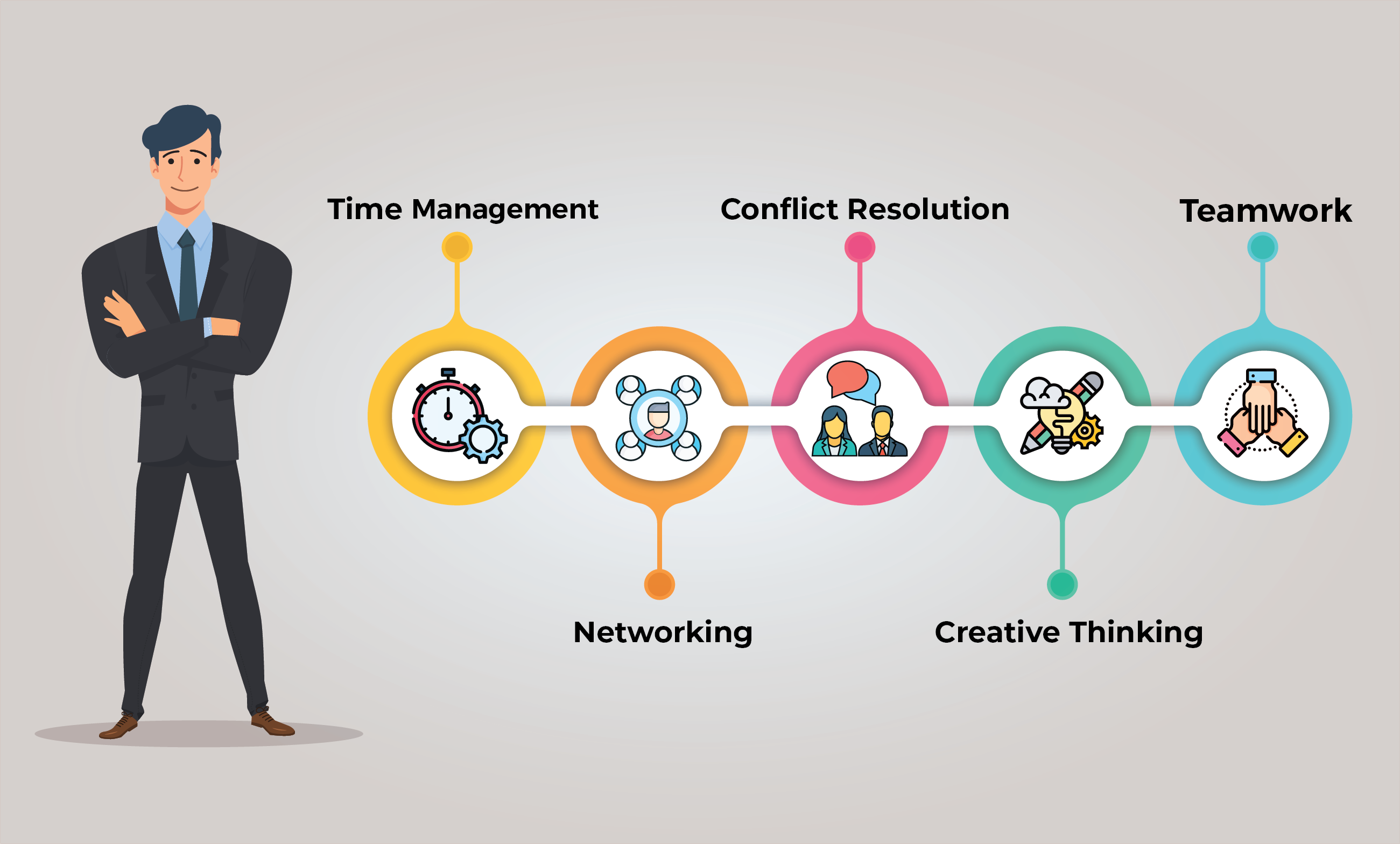
In today’s competitive job market, possessing strong technical skills can help you land a job. However, it’s often your soft skills that will enable you to succeed in the role and progress in your career. Soft skills are the non-technical skills that relate to how you work and interact with others. They can include interpersonal skills, communication abilities, thinking skills, and emotional intelligence. Here’s why soft skills are becoming increasingly important in the workplace.
Building Strong Relationships
Soft skills such as communication, empathy, and teamwork are essential for building strong relationships with colleagues, clients, and stakeholders. Effective communication ensures that you are able to convey your ideas and understand others’ points of view. Empathy allows you to appreciate the feelings and perspectives of others, fostering a more collaborative and supportive work environment. Teamwork brings different strengths and perspectives together, which can lead to more innovative solutions and successful projects.
Enhancing Job Performance
Soft skills directly impact your effectiveness in a role. Skills like time management and organizational abilities help you to be more efficient and productive. Problem-solving and critical thinking enable you to navigate challenges and come up with solutions that are beneficial for your team and the organization. Furthermore, leadership and adaptability skills are crucial when you need to take initiative or manage change, which are common demands in many workplaces.
Facilitating Career Advancement
Employers not only look for candidates who can perform well but also those who have the potential to lead and inspire others. Soft skills such as leadership, initiative, and strategic thinking are often what set candidates apart for promotions and more advanced roles. As you climb the career ladder, the technical aspects of your job might become less significant compared to your ability to manage teams, strategize, and drive organizational success.
Boosting Workplace Culture
A positive workplace culture significantly impacts employee motivation, satisfaction, and productivity. Soft skills play a key role in shaping a healthy workplace environment. Respect, team spirit, and a positive attitude contribute to a workplace where everyone feels valued and motivated. Moreover, conflict resolution skills and emotional intelligence can prevent misunderstandings and tensions from escalating, maintaining harmony within the team.
Adapting to the Changing Work Environment
The modern workplace is dynamic and constantly evolving. Adaptability and learning skills are therefore essential to keep up with new technologies, working methods, and industry shifts. Additionally, as remote work becomes more common, the ability to manage one’s time and communicate effectively across digital platforms is more important than ever.
Conclusion
In conclusion, while technical skills may get your foot in the door, your soft skills are what open most of the doors to come. They enrich your professional interactions and increase your overall career satisfaction. Investing in your soft skills development is just as important as developing technical skills. As workplaces continue to evolve, those with strong soft skills will not only adapt but thrive. Start focusing on building these crucial skills today to ensure success in your current role and beyond.

by admin | Mar 18, 2024 | Job, Job Analysis, Skills Gap Analysis, Study
Title: Exploring Opportunities: Finding the Right Internship for You
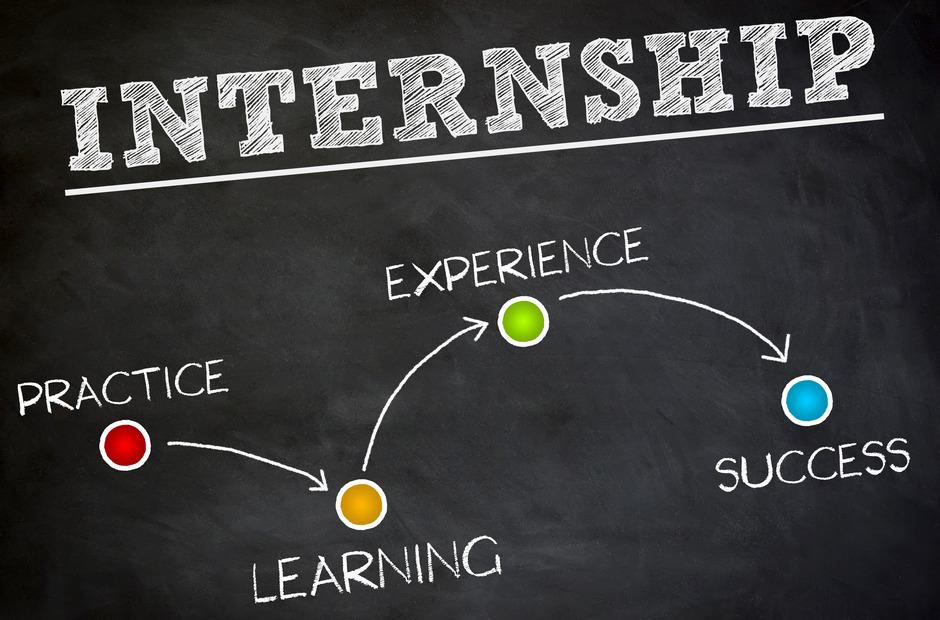
Embarking on an internship journey is an exciting step towards shaping your career path and gaining invaluable real-world experience. However, with countless opportunities available, finding the right internship can feel like navigating a vast ocean. How do you identify the perfect fit amidst a sea of options? Let’s embark on a journey of exploration and discovery to help you find the internship that aligns with your goals, interests, and aspirations.
1. **Define Your Goals and Objectives:**
Before diving into the internship search process, take some time to reflect on your career goals and what you hope to achieve through an internship experience. Consider the skills you want to develop, industries you’re interested in exploring, and the type of work environment that suits you best. Clarifying your objectives will help you narrow down your search and focus on opportunities that align with your aspirations.
2. **Conduct Research:**
Once you have a clear idea of what you’re looking for, it’s time to start researching potential internship opportunities. Explore various companies, organizations, and industries that align with your interests and goals. Utilize online job boards, company websites, professional networks, and career fairs to gather information about internship programs available in your field of interest.
3. **Network and Seek Recommendations:**
Networking is a powerful tool for uncovering hidden internship opportunities and gaining insider insights. Reach out to professionals in your desired industry through networking events, informational interviews, and online platforms like LinkedIn. Don’t hesitate to ask for recommendations or referrals from professors, mentors, or peers who may have connections in your field of interest.
4. **Utilize Career Services:**
Many universities and colleges offer career services and internship placement assistance to students. Take advantage of these resources to access job listings, resume reviews, interview preparation workshops, and career counseling sessions. Career advisors can provide valuable guidance and support throughout the internship search process.
5. **Tailor Your Application Materials:**
Once you’ve identified internship opportunities that interest you, tailor your resume, cover letter, and any other application materials to highlight relevant skills, experiences, and qualifications. Customize each application to align with the specific requirements and preferences of the internship program or organization.
6. **Prepare for Interviews:**
As you start receiving interview invitations, it’s essential to prepare thoroughly to make a positive impression. Research the company, practice common interview questions, and be ready to articulate your interest in the internship and how you can contribute to the organization’s success. Additionally, prepare questions to ask the interviewer to demonstrate your enthusiasm and curiosity.
7. **Evaluate Offers Carefully:**
Congratulations! You’ve received one or more internship offers. Take the time to carefully evaluate each offer based on factors such as the job responsibilities, learning opportunities, company culture, location, and compensation. Consider how each opportunity aligns with your goals and priorities before making a decision.
8. **Stay Flexible and Open-Minded:**
Keep in mind that the internship search process may involve some twists and turns, and you may encounter unexpected opportunities along the way. Stay flexible and open-minded as you explore different options and be willing to adapt your plans based on new information and experiences.
Finding the right internship is a journey of self-discovery and exploration. By defining your goals, conducting thorough research, leveraging your network, and staying proactive, you can uncover exciting internship opportunities that propel you closer to your career aspirations. Remember to approach the process with enthusiasm, curiosity, and a willingness to learn and grow. Your perfect internship awaits – go forth and explore!

by admin | Mar 18, 2024 | Job, Employee Orientation, Employment Application, Interview Techniques, Job Analysis, Skills Gap Analysis
Title: Resume Essentials: What Every Job Seeker Needs to Know
Your resume is your personal marketing tool in the competitive job market. It’s the first glimpse potential employers have into your professional background, skills, and capabilities. Crafting a standout resume requires careful attention to detail and a strategic approach. Whether you’re a recent graduate entering the workforce or a seasoned professional looking for a career change, understanding the essentials of resume writing is crucial. Let’s explore what every job seeker needs to know to create a compelling resume that gets noticed.
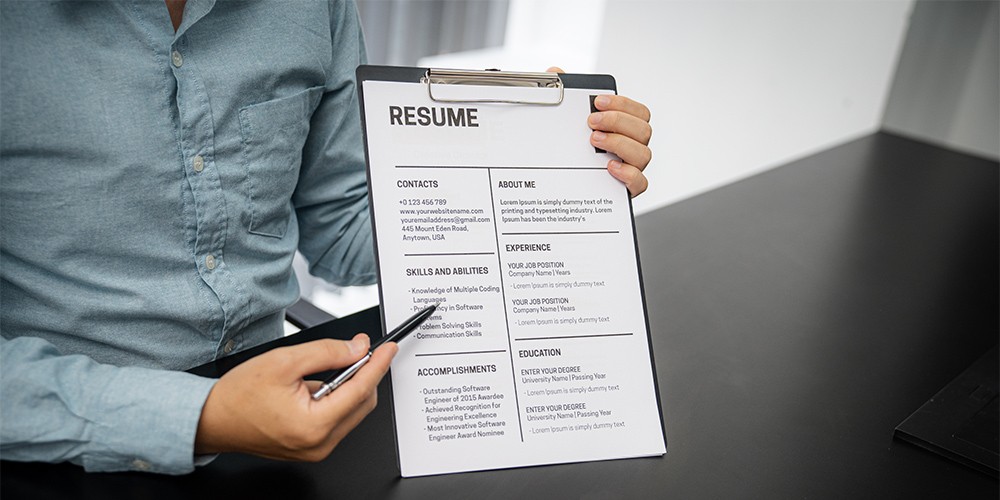
1. Clear Formatting and Layout:
Your resume should have a clean and professional appearance. Use a simple, easy-to-read font and maintain consistent formatting throughout the document. Organize information logically, with clear headings and bullet points to make it easy for recruiters to scan.
2. Contact Information:
Ensure your contact information is prominently displayed at the top of your resume. Include your full name, phone number, email address, and LinkedIn profile (if applicable). Make it easy for recruiters to reach out to you for further consideration.
3. Strong Summary or Objective Statement:
Start your resume with a brief summary or objective statement that highlights your career goals and key qualifications. This section should grab the reader’s attention and provide a snapshot of your professional background and aspirations.
4. Relevant Work Experience:
List your work experience in reverse chronological order, starting with your most recent job. Include the company name, job title, dates of employment, and a brief description of your responsibilities and achievements for each role. Focus on relevant experiences that demonstrate your skills and accomplishments related to the job you’re applying for.
5. Education and Credentials:
Provide details of your educational background, including the name of the institution, degree earned, and graduation date. Mention any relevant certifications, licenses, or professional development courses that enhance your qualifications for the position.
6. Key Skills and Abilities:
Highlight your core skills and competencies that are relevant to the job. This may include technical skills, soft skills, languages, or specialized knowledge relevant to your field. Use keywords from the job description to ensure your resume gets noticed by applicant tracking systems (ATS).
7. Achievements and Accomplishments:
Quantify your achievements whenever possible to demonstrate the impact you’ve made in previous roles. Use specific metrics, such as percentages, dollar amounts, or project milestones, to illustrate your contributions and results.
8. Tailored to the Job Description:
Customize your resume for each job application by aligning your qualifications and experiences with the requirements of the job. Highlight the skills and experiences that are most relevant to the position to increase your chances of getting noticed by recruiters.
9. Proofread and Edit:
Before submitting your resume, carefully proofread it for spelling and grammatical errors. Ensure that all information is accurate and up-to-date. Consider asking a trusted friend, mentor, or professional contact to review your resume for feedback.
10. Keep it Concise:
Aim to keep your resume concise and focused on the most relevant information. Ideally, your resume should be no more than two pages long, with the most important details featured prominently on the first page.
By incorporating these essential elements into your resume, you can create a powerful document that effectively showcases your qualifications and experiences to potential employers. Remember to tailor your resume for each job application and continuously update it as your career progresses. With a well-crafted resume in hand, you’ll be better equipped to land interviews and advance your career goals.

by admin | Mar 18, 2024 | Job, Job Analysis, Skills Gap Analysis
Title: Unlocking Opportunities: Building a Winning Resume

In today’s competitive job market, your resume serves as your first impression to potential employers. It’s your ticket to unlocking opportunities and securing that dream job. But how do you ensure your resume stands out from the crowd? How do you build a winning resume that captures attention and highlights your unique skills and experiences? Let’s delve into the art of crafting a resume that opens doors to new career possibilities.
1. Know Your Audience:
Before you start crafting your resume, it’s essential to understand who will be reading it. Research the company and the role you’re applying for. Tailor your resume to align with the company’s values, culture, and job requirements. This targeted approach shows employers that you’ve taken the time to understand their needs and that you’re the right fit for the position.
2. Highlight Your Achievements:
Instead of simply listing your job responsibilities, focus on your accomplishments. Use quantifiable metrics and specific examples to demonstrate your impact in previous roles. Did you increase sales revenue? Streamline processes to improve efficiency? Lead successful projects? Highlighting your achievements not only showcases your skills but also provides concrete evidence of your value to potential employers.
3. Craft a Compelling Summary:
Your resume summary is your chance to make a strong first impression. Use this section to provide a brief overview of your professional background, skills, and career goals. Make it engaging and relevant to the job you’re applying for. A well-crafted summary can grab the reader’s attention and encourage them to keep reading.
4. Emphasize Relevant Skills:
Identify the key skills and qualifications required for the job, and make sure they’re prominently featured on your resume. Whether it’s technical skills, soft skills, or industry-specific knowledge, highlight the abilities that set you apart from other candidates. Use specific keywords related to the job to ensure your resume gets noticed by applicant tracking systems (ATS) used by many companies.
5. Keep It Concise and Clear:
Recruiters and hiring managers often have limited time to review each resume, so it’s essential to keep yours concise and easy to read. Stick to a clean, professional format with clear headings and bullet points. Use action verbs and concise language to convey your experiences effectively. Aim for a one-page resume whenever possible, focusing on the most relevant information.
6. Proofread and Edit:
Before sending out your resume, take the time to proofread it carefully. Check for spelling and grammar errors, formatting inconsistencies, and any other mistakes that could detract from your professional image. Consider asking a friend or mentor to review your resume as well, as fresh eyes can often catch things you might have missed.
7. Update Regularly:
Your resume is a dynamic document that should evolve as your career progresses. Make it a habit to update your resume regularly, adding new skills, experiences, and achievements as they occur. Even if you’re not actively job searching, keeping your resume up-to-date ensures you’re always prepared for new opportunities that may arise.
By following these tips and strategies, you can create a winning resume that opens doors to exciting career opportunities. Remember to customize your resume for each job application, highlighting the experiences and skills most relevant to the position. With a well-crafted resume in hand, you’ll be well-positioned to unlock new opportunities and take your career to the next level.
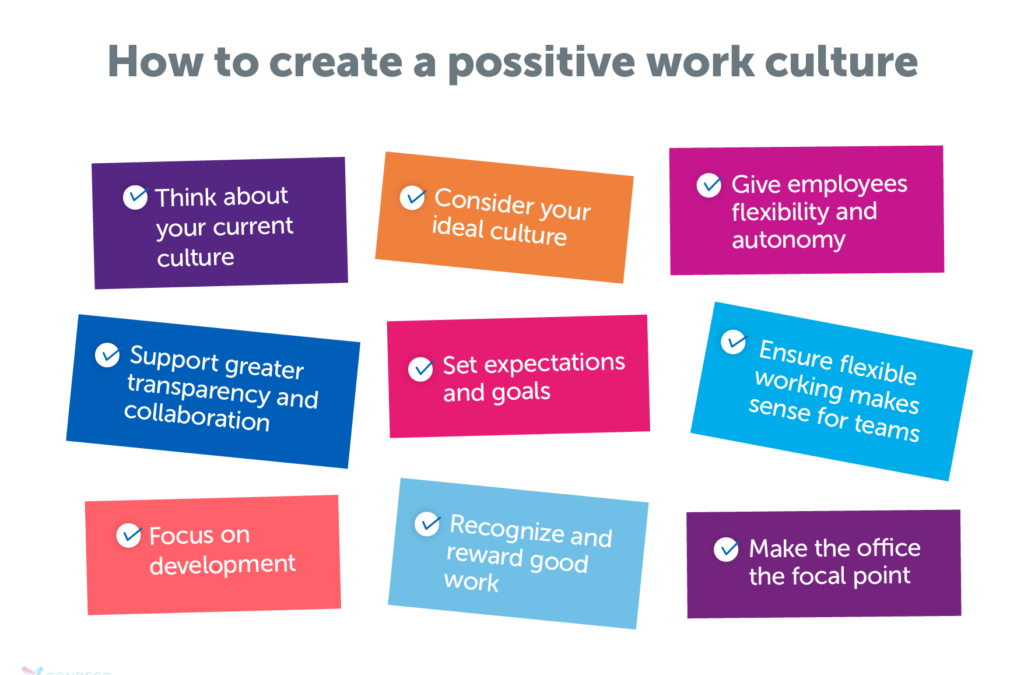
by admin | Mar 6, 2024 | Skills Gap Analysis
Creating a positive work culture is essential for the growth and sustainability of any organization. It fosters a productive environment, encourages employee engagement, and leads to higher job satisfaction and retention rates. A positive work culture also improves team collaboration, creativity, and overall company performance. Here are key strategies to create and maintain a positive work culture:
1. Promote Open and Honest Communication
– Transparency:Keep lines of communication open. Ensure that employees feel comfortable sharing their ideas, concerns, and feedback. This can be facilitated through regular team meetings, one-on-one check-ins, and open-door policies.
– Active Listening: Encourage leaders and managers to practice active listening, showing employees that their voices are heard and valued.
2. Foster Inclusivity and Diversity
– Respectful Environment: Cultivate an environment where all employees feel respected and included, regardless of their background, identity, or position within the company.
– Diversity Initiatives: Implement diversity and inclusion programs that celebrate different cultures, perspectives, and ideas.
3. Encourage Work-Life Balance
– Flexible Work Arrangements: Offer flexible working hours, remote work options, or part-time schedules to help employees manage their personal and professional lives effectively.
– Mental Health Support: Provide access to mental health resources and encourage taking personal time off to prevent burnout.
4. Invest in Employee Development
– Training and Education: Offer opportunities for professional development, such as workshops, courses, and seminars, to help employees advance their skills and careers.
– Career Pathing: Work with employees to define clear career paths within the organization, showing them that they have a future at the company.
5. Recognize and Reward Achievements
– Acknowledgment: Regularly recognize and celebrate employee achievements, big and small. This can be done through shout-outs in company meetings, awards, or bonuses.
– Feedback:Provide constructive and positive feedback regularly, helping employees understand their progress and areas for improvement.
6. Build a Sense of Community
– Team-building Activities: Organize events and activities that promote teamwork and social interaction among employees.
– Volunteer Opportunities:Offer opportunities for employees to give back to their community together, reinforcing a sense of purpose and togetherness.
7. Lead by Example
– Leadership: Leaders should embody the values and behaviors they wish to see throughout the organization. Leading by example is crucial in setting the tone for a positive work culture.
8. Implement Wellness Programs
– Physical and Mental Wellness: Offer wellness programs that support both physical and mental health, such as gym memberships, yoga classes, or meditation sessions.
9.Continuous Improvement
-Feedback Loops:Establish mechanisms for continuous feedback on the work culture from employees. Use this feedback to make informed changes and improvements.
Conclusion
Creating a positive work culture is an ongoing effort that requires commitment from all levels of an organization. By prioritizing open communication, inclusivity, employee well-being, and development, companies can cultivate an environment where employees feel valued, supported, and motivated to contribute their best work. Remember, a positive work culture not only benefits employees but is also a key driver of organizational success.










